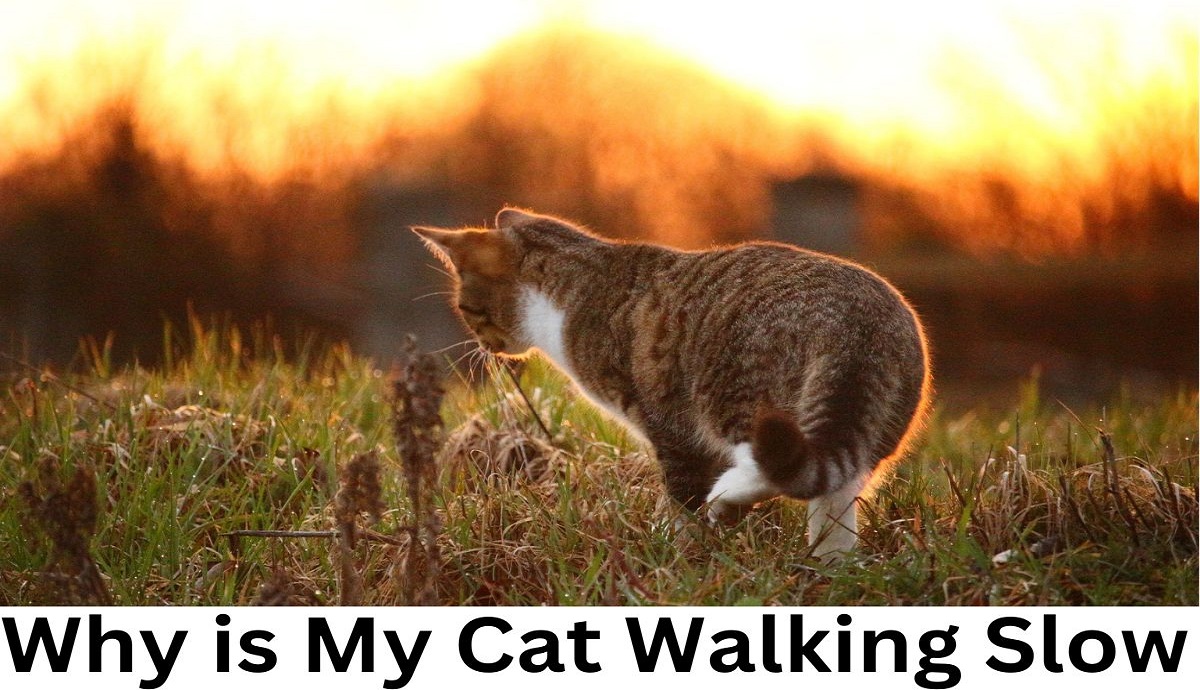
Introduction
Cats exhibit a range of behaviors that can sometimes leave their owners perplexed, particularly when it comes to changes in their gait. Why is My Cat Walking Slow? One common concern among cat owners is observing their cats strolling. Understanding the potential reasons behind this alteration is crucial for the well-being and happiness of your beloved pet.
Understanding Cat Behavior
Cats communicate discomfort or distress in their unique ways. Their behaviors serve as a window into their health and emotional state. Observing these behaviors becomes crucial in deciphering the reasons behind their altered pace.
Elaboration: Understanding cat behavior involves paying attention to subtle cues, body language, and changes in their daily routine. Cats have a variety of ways to express themselves, and these expressions often indicate their physical and emotional state. Observing their behavior closely helps identify deviations that might signify potential issues affecting their well-being.
Recognizing Signs of a Slow-Walking Cat
Determining when your cat is walking slower than usual is the initial step. Changes in their movement, hesitation to walk, or alterations in posture serve as unmistakable signs that require attention.
Elaboration: Paying close attention to your cat’s everyday movement patterns and noting variations is vital. If your cat is experiencing discomfort, you might notice hesitancy in their steps, limping, or a more cautious approach to walking or jumping.
Common Causes of a Cat Walking Slow
Several factors contribute to a cat’s decreased mobility. Physical issues such as joint pain, injuries, arthritis, or obesity might limit their movement. Additionally, emotional distress or anxiety can also reflect in a slower gait.
Elaboration: Cats, like humans, can experience various physical and emotional issues that impact their mobility. Joint pain or discomfort might arise due to different health conditions. Emotional stress or past traumatic experiences can also lead to a cat being less active and exhibiting a slower gait.
Physical Health and Its Impact
The physical well-being of a cat significantly influences their movement. Pain or discomfort due to injuries or health conditions can cause them to stroll or with a limp.
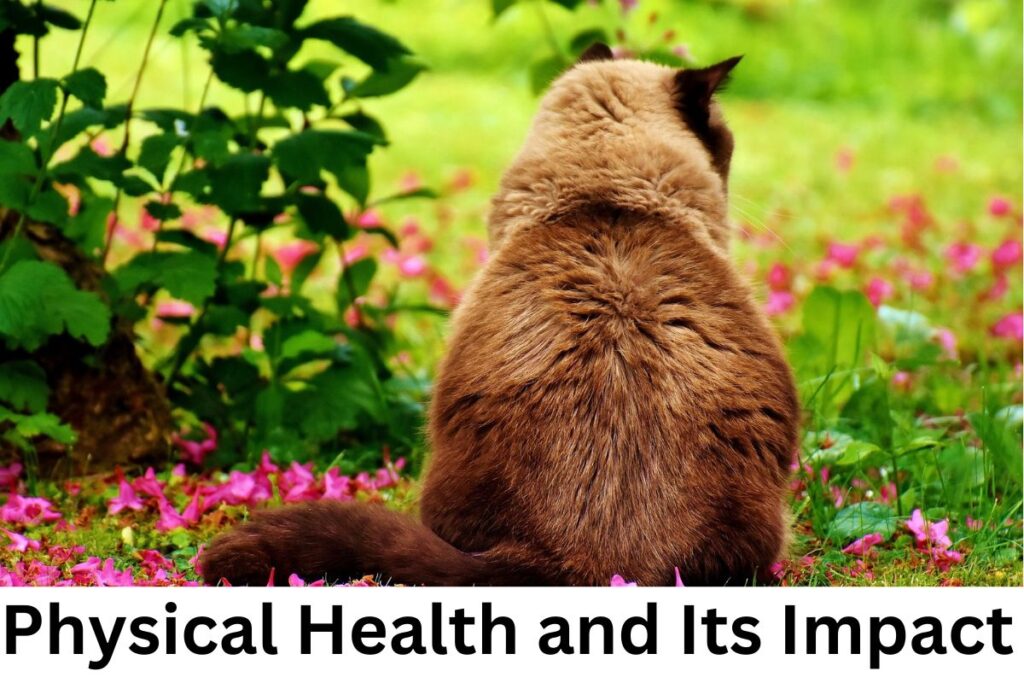
Elaboration: A cat’s physical health, including joint health, muscle condition, and any existing injuries, greatly affects their ability to move comfortably. Issues like arthritis or damage, if not addressed, can directly impact their walking speed and overall mobility.
Emotional Well-being of Cats
Cats’ mental health is as crucial as their physical health. Stress, anxiety, or past traumatic experiences might lead to a cat being less active and displaying a slow gait.
Elaboration: Emotional distress or anxiety can manifest in various ways in cats, including a change in their walking pace. Understanding and addressing the emotional well-being of a cat are essential for their overall health and happiness.
Activities to Help a Slow-Walking Cat
Encouraging play, providing stimulating activities, and ensuring a comfortable environment can aid in improving a cat’s mobility and overall well-being.
Elaboration: Engaging your cat in playful activities helps stimulate their muscles and joints, promoting better mobility. Interactive toys or games encouraging movement can also contribute to their physical health. Moreover, ensuring a stress-free and comfortable environment can positively impact their mental and emotional well-being, thus influencing their overall mobility and happiness.
Seeking Professional Help
When you notice prolonged changes in your cat’s gait, seeking the advice of a veterinarian is crucial. Professional guidance helps in identifying underlying health issues.
Elaboration: If you notice persistent changes in your cat’s mobility or behavior, seeking veterinary advice is essential. Veterinarians can conduct thorough examinations to identify any underlying health issues causing the changes in gait and recommend appropriate treatment or management plans.
Why Regular Vet Check-ups Are Crucial
Regular vet check-ups are vital to ensure early detection of any health concerns. This proactive approach can prevent conditions from escalating and impacting your cat’s movement.
Elaboration: Regular veterinary check-ups are essential in maintaining your cat’s overall health. Early detection of potential health issues allows for timely intervention, reducing the risk of these issues affecting your cat’s mobility and quality of life.
Nutrition and Its Role
Diet plays a pivotal role in a cat’s health. Proper nutrition can aid in maintaining healthy joints, bones, and overall mobility.
Elaboration: A balanced and appropriate diet is crucial for a cat’s overall health. The proper nutrients support joint health, muscle strength, and weight management, directly impacting their ability to move comfortably.
The Role of Exercise and Play
Regular exercise and play sessions are essential for maintaining your cat’s physical health and agility.
Elaboration: Exercise and play help keep your cat active, maintain muscle tone, and support joint health. It’s essential to engage your cat in physical activities that suit their age and abilities to ensure they remain mobile and agile.
The Importance of Mental Stimulation
Stimulating your cat’s mind through interactive toys or activities is vital to ensuring their emotional well-being and preventing lethargy.
Elaboration: Mental stimulation is as crucial as physical exercise for a cat’s overall well-being. Engaging their minds through play, puzzle toys, or interactive activities prevents boredom and supports their emotional health, directly impacting their activity levels and general movement.
Creating a Safe Environment
Providing a safe, stress-free environment is paramount. Cats thrive in environments where they feel secure and comfortable.
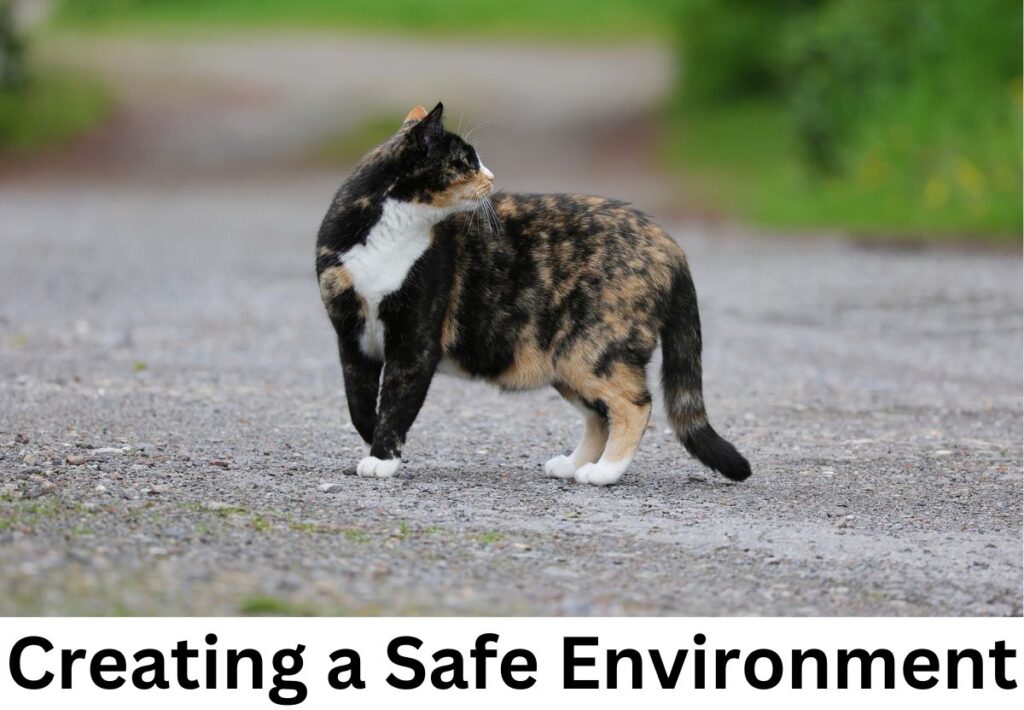
Elaboration: Creating a safe and comfy space for your cat involves ensuring a calm atmosphere, offering hiding spots and comfortable resting areas, and minimizing stressors like loud noises or sudden environmental changes.
Cats feel more confident and at ease in such environments, positively influencing their overall well-being and mobility.
The Elderly Cat: Unique Considerations
Older cats might face unique challenges related to mobility. Understanding these challenges is crucial for their care and well-being.
Elaboration: Aging cats might experience arthritis, reduced muscle strength, or other age-related conditions that affect their mobility. Understanding and addressing these challenges are crucial in adapting their care routines and environment to accommodate their changing needs.
Case Studies and Success Stories
Real-life examples often provide valuable insights. Exploring cases where cats regained their mobility after appropriate care offers hope and guidance.
Elaboration: Learning from success stories and case studies can inspire hope and provide practical strategies. Knowing that other cats have improved their mobility with the proper care and interventions can guide cat owners in seeking suitable approaches for their feline companions.
Understanding Pain in Cats
Cats tend to hide pain by nature. Recognizing subtle signs of discomfort or pain is crucial in addressing underlying issues.
Elaboration: Cats are masters at masking pain, which makes it challenging for owners to identify distress. Observing subtle behavioral changes, such as decreased activity, reluctance to be touched in specific areas, or changes in grooming habits, can signal underlying pain or discomfort that requires attention.
Home Care Measures
Simple, home-based care measures, like providing warmth or gentle massages, can significantly aid in a cat’s recovery.
Elaboration: Home care measures play a supportive role in a cat’s recovery. Applying warmth through heated pads or gentle massages can help alleviate muscle stiffness or discomfort, promoting improved mobility and comfort.
Preventive Measures
Preventive measures such as ensuring a safe home environment and regular health checks can mitigate potential problems.
Elaboration: Proactively providing a cat-friendly and secure environment, coupled with regular veterinary check-ups, helps prevent issues that might affect a cat’s mobility. Early identification and management of potential problems are vital in maintaining their well-being.
Conclusion
Understanding why your cat is strolling is pivotal in ensuring its well-being.
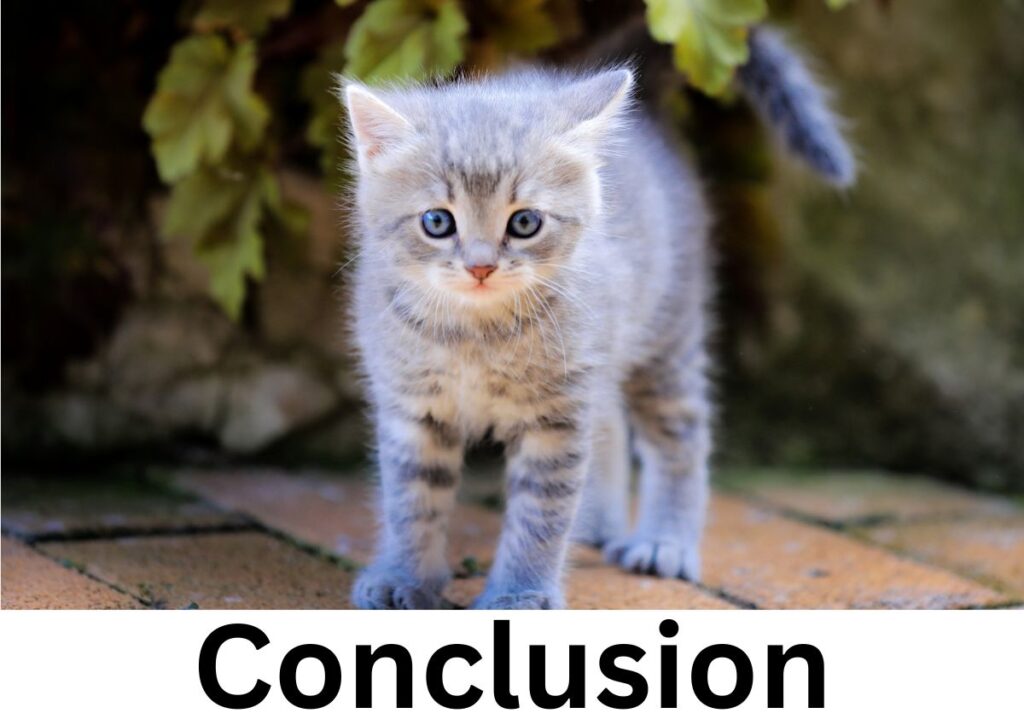
By being attentive to their physical and emotional needs, providing a conducive environment, and seeking professional guidance when necessary, you can ensure your feline friend’s optimal health and happiness.
Elaboration: Ultimately, paying attention to both the physical and emotional aspects of your cat’s well-being, along with appropriate care and intervention, supports their overall health, ensuring a happy and healthy life for your cherished feline companion.






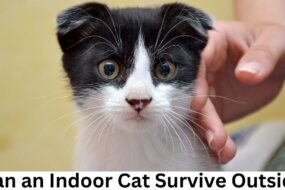

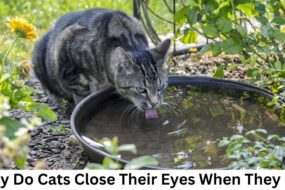
2 replies on “Why is My Cat Walking Slow: Know All About Behaviour”
This was beautiful Admin. Thank you for your reflections.
Great information shared.. really enjoyed reading this post thank you author for sharing this post .. appreciated